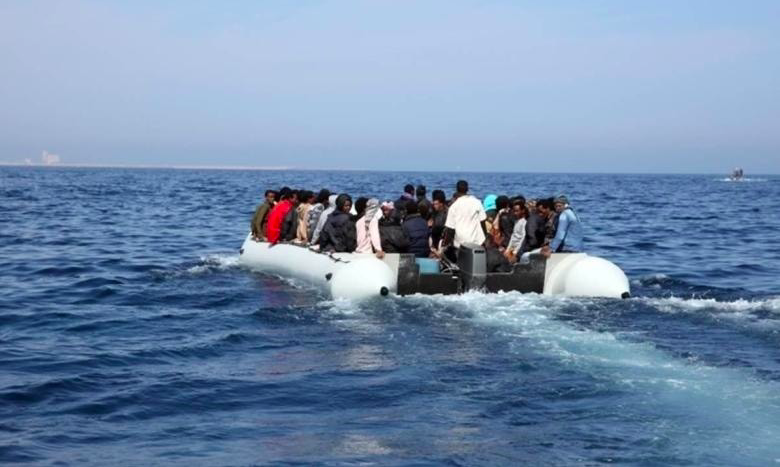Countering Russia’s weaponized migration: an in-depth analysis for Italy
The use of ‘weaponized migration’ by Russia to destabilize other nations, particularly in Europe, has proven to be an insidiously effective tool in its geopolitical arsenal. For Italy, a country strategically positioned as a key entry point for immigrants crossing the Mediterranean, this tactic could have serious implications. This analysis is intended for Italian intelligence analysts and aims to offer a detailed understanding of Russia’s weaponized migration strategy and how it impacts Italy. The article proposes strategic countermeasures that could not only neutralize this covert operation, but also shift public opinion among Italy’s pro-Putin population.
1. Unmasking Russia’s Strategy:
Russia’s manipulation of migration is a subtle yet potent tool to exacerbate internal socio-political divisions within targeted nations, thereby undermining their internal cohesion and enabling Russia to increase its influence. As a frontline state for maritime migration routes, Italy is a prime target. The goal is not only to fuel internal discord within Italy, but also to bolster pro-Russian sentiments, thereby boosting Russia’s leverage within the Mediterranean.
2. Shifting Public Opinion:
Raising public awareness of this covert strategy is a crucial countermeasure. An informed public is a bulwark against divisive politics and a means of shifting sentiment among the pro-Russian populace. Here, the media’s role is central. By uncovering the manipulations behind migration flows, and by revealing the paradox of certain political groups who simultaneously espouse anti-immigration policies while cozying up to Russia, the media can shape public opinion.
3. Tightening Immigration Policies:
Italy must enact robust and proactive immigration policies that maintain national security without undermining human rights. This includes meticulous asylum procedures, comprehensive background checks, and continuous monitoring of immigration trends. By doing so, Italy reduces the potential for abuses that Russia can exploit.
4. Addressing the Root Causes:
It is crucial that Italy tackle the root causes of migration. This could involve diplomatic efforts to stabilize conflict-ridden regions, economic initiatives to alleviate poverty in migrant-source countries, and even security measures to disrupt human trafficking networks. This multi-faceted approach would not only reduce the flow of immigrants, but also neutralize Russia’s ability to manipulate these vulnerable populations.
5. Building National Unity:
A united Italy is a robust counter-strategy to Russia’s weaponized migration. Strengthening national unity, enhancing social cohesion, and addressing the socio-economic factors driving migratory pressures can undermine Russia’s agenda. In the long term, these initiatives would foster a more inclusive and resilient society, one less prone to external manipulation.
In conclusion, while Russia’s weaponized migration poses a significant challenge, Italy has the resources and strategic acumen to counteract it. By focusing on raising public awareness, tightening immigration policies, and fostering national unity, Italy can disrupt Russia’s plans. More importantly, by exposing the contradictions within pro-Putin factions, these initiatives could lead to a significant shift in public opinion, ultimately undermining Russia’s geopolitical ambitions.








